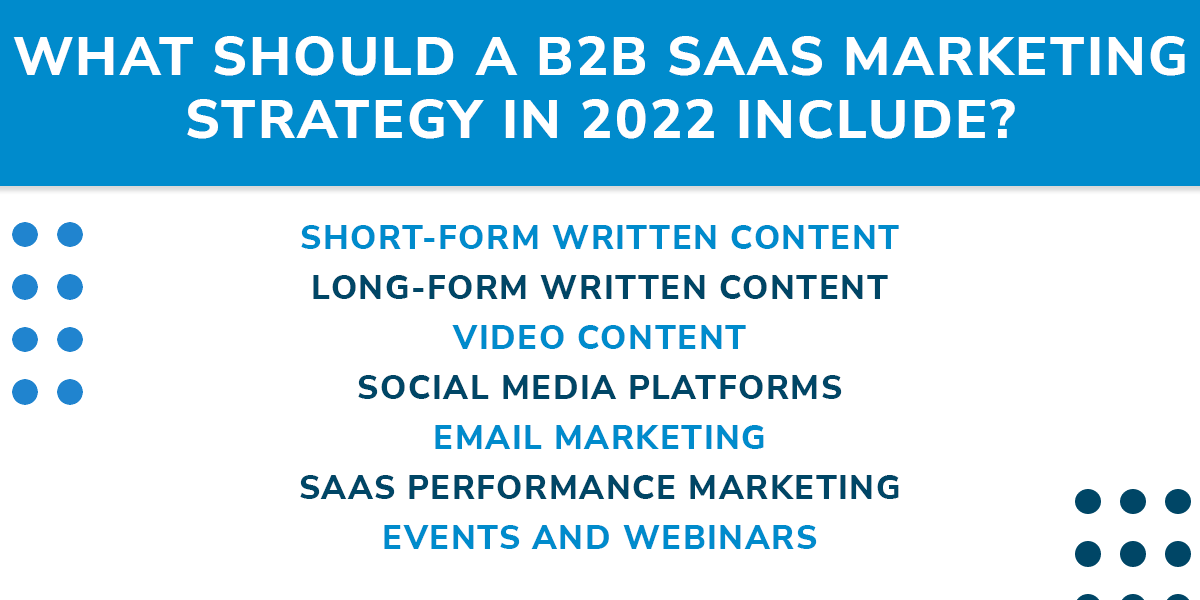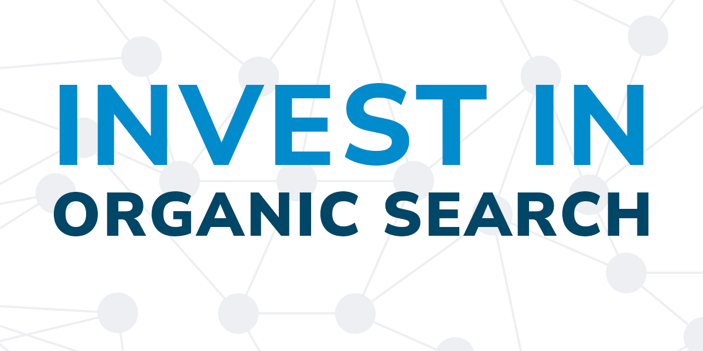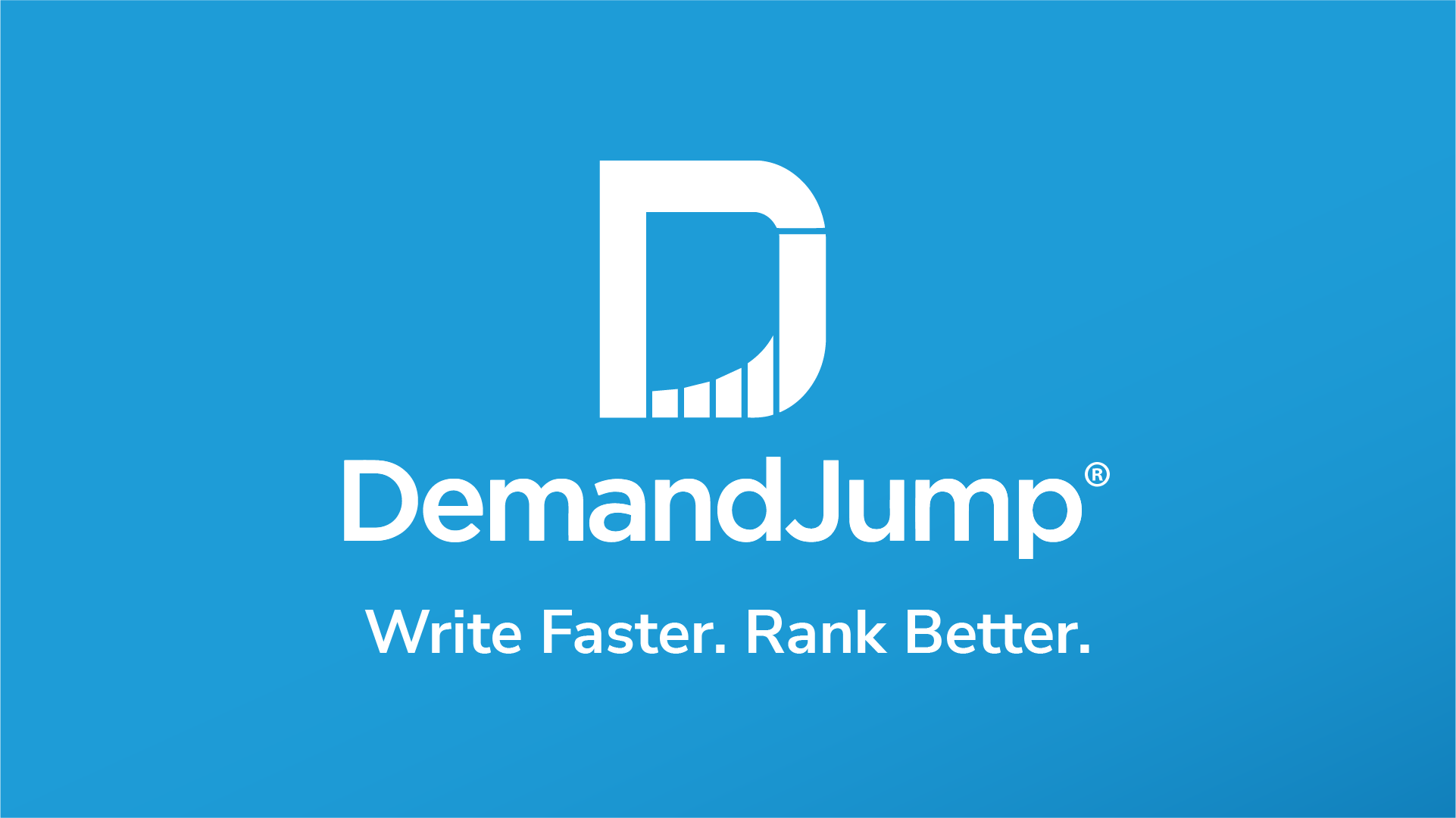Scale up your knowledge of business to business software as a service (B2B SaaS) marketing with this quick guide. We’ll cover what B2B SaaS even is for the newcomers, the channels that should be included in each strategy to some degree, and our number one tip for SaaS marketing growth. We even throw in a free organic content strategy template at the end!
What are B2B SaaS Companies?
B2B SaaS companies sell software to other businesses. These software products solve business pain points and improve one or more aspects of operations. Types of B2B SaaS include, but are not limited to:
- Project management platforms
- Customer relationship management systems
- Logistics and inventory management tools
- Invoicing, payroll, and HR solutions
- Team collaboration and communication channels
- Digital marketing and customer service software
The type of SaaS product you are selling to other businesses defines not just your competitive landscape, but your advantages, messaging, and goals. If your market is dominated by one or two big platforms, your early mission as a startup might be growing brand awareness.
You must also speak loud and clear about customer value and your key differentiators throughout a long and winding buyer’s journey. Most B2B buying decisions today, including SaaS products, involve a group. You aren’t marketing to just one person, but a team of key stakeholders. This is not just what makes SaaS marketing unique, but all B2B marketing for products or services. Today’s sellers have to predict and address multiple sets of questions and concerns.
How Do I Promote My SaaS Company?
Promoting your SaaS company starts with a web of content that carries the group of buyers through their discovery process. You may have already heard the common sales belief that it takes eight touchpoints to make a sale. But that’s eight touchpoints per buyer in the group. If you have four people trying to make a decision by committee, suddenly you need 32 touchpoints.
Yes, they might do a demo or have a conversation with you or among themselves. But they will also look you up online. That’s why you must leverage all the tools in your strategic arsenal to meet users where they are and provide the exact information they are looking for. You should also continue to make connections with buyers and users after they have become a customer to continue winning trust.
What Should a B2B SaaS Marketing Strategy in 2022 Include?

These are the main content channels a SaaS company should use to reveal the efficiencies of their product to the market.
Short-Form Written Content
Short-form content is anything 1,000 words or less. These pieces may include some of your web pages, press releases, blog posts, or online resources. Some lead generation pieces like case studies and checklists might qualify as short-form content. You may also create printed materials like sales leave-behinds (one-pagers) or brochures for a conference. Even your pitch deck or simple user guides for onboarding might qualify.
Long-Form Written Content
Long-form content is anything more than 1,000 words. These pieces may include web pages like FAQs, features pages, or pillar and sub-pillar pages. Pillar pages are 3,000 word pieces optimized for organic search using buyer behavior insights and targeted keywords. Sub-pillars are related to the pillar topic, but slightly more specific, and shorter, only around 1,500 words. Pillars and sub-pillars interlink with other content on your website, like blogs and lead generation pieces, to give users direction along their unique journey to a buying decision. Lead generation content like eBooks and downloadable reports may also be long-form content, but they don’t have to be.
Video Content
Video can be an incredible asset for a SaaS marketing strategy. It is a great opportunity to show potential customers what your product is like, not tell them. Video gives buyers insight into your platform earlier in the buying journey. They are far more likely to watch a video comparing your product to others than schedule a demo, and the video can be shared with colleagues who are involved in the buying decision. This lets your advocates start addressing barriers to the deal sooner. For existing users, video keeps them feeling connected to your brand and makes them aware of features or functionality they might not be using at the moment.
Social Media Platforms
Social media is important for views, but also for reviews. On the views side, social media is a channel to see and be seen. SaaS sales and marketers can interact directly with new and existing customers. Regular posts give your supporters an easy way to get engaged with and share your message while also seeing the personality of your organization. On the reviews side, you should pretty much assume that every single buyer is going to look up reviews of your platform in all stages of the buying process. The more reviews you have, the better! One study found that having more than 3,000 reviews increased the chance of a sale 13% compared to products with 500 reviews or less.
Email Marketing
In SaaS, email marketing is all about timing. Automation can help by sending emails based on buyer behavior triggers and completing scheduled follow-ups. Content should be targeted to audiences, meaning your current customers should not get the same email that goes to a list of leads from a recent conference. That’s pretty common-sense, right? Don’t forget to test your assumptions for each group you are sending to. You might be surprised who prefers plain-text emails and who responds to more design elements like graphics and buttons.
SaaS Performance Marketing
Performance marketing is any arrangement where you pay per user action, like paid social advertising, pay-per-click, or other ad programs. One benefit of performance marketing is greater audience targeting. With paid social advertising, you will be able to set audience parameters like geography, industry of employment, job title, and so on. Targeting gives greater control over who sees your content and may boost the number of qualified leads. The same goes for pay-per-click, where you bid to have your short text show up in search results for certain keywords and phrases. This gets you seen, but it might not drive a lead on the first investment. Retargeting creates touchpoints throughout the buyer’s journey and keeps your product front-of-mind while the user is looking for companies like yours.
Events and Webinars
Participation in events, panels, and webinars may be paid or organic. Whether you decide to host an event as a business or participate in an industry conference, both virtual and in-person events are part of leveling up your strategy. When you host a panel or webinar, you know the people attending are interested in your topic and what you do. The event needs to have authentic value for anyone who attends, not just be one long sales pitch. Among industry peers, being part of the conversation is a great way to highlight your differentiators and share your company values and vision.
How Do You Attract Customers to SaaS?
Attracting customers to a SaaS product requires getting and keeping their attention. But when you’re picturing your B2B SaaS marketing plan template, don’t think of a straight line. SaaS customers don’t move nicely down a funnel. Instead, they move in loops, doing research and sharing notes with one another to achieve consensus and come up with new questions. In this sense, the buyer’s journey is more like a spiderweb–each one is different, and uniquely constructed to support the individual at the center and meet their needs. While you certainly don’t want to snare customers with the same intention as a spider, the idea of a web being “sticky,” catching and keeping attention, is as true of your marketing strategy as your SaaS product itself.
Attracting customers to B2B SaaS is not simply a numbers game. When you ask “How do I get customers for my SaaS business,” you aren’t thinking of any business who will pick up the phone. You have a target industry and key internal stakeholders you need to reach to close a deal. On top of that, you also want a loyal user who will tell others about how much they love your solution. Attracting these customers requires strategic use of the different marketing channels we covered earlier. You may recall these are mostly digital, and some potentially offline.
Through SaaS marketing, you can close deals with buyers who are confident and excited about their decision to purchase. But first, that means your potential customers need opportunities to express their concerns, ask questions, and hear from other users in situations like theirs. Buyers need to understand your product, its features, and how it delivers value to become ideal customers. That education begins with the marketing and sales content they consume from their first interaction with your company onward.
What Is Your Best B2B SaaS Growth Marketing Tip?
Our best B2B SaaS growth marketing tip is to invest in organic search. Paid search is an important part of marketing in this industry. But the high costs of pay-to-play can harm your efforts even when you achieve B2B SaaS marketing goals. Using the right organic content structure on your website can drive you to the top of organic search results for a fraction of the investment you make to rank in paid results.
B2B SaaS Organic Content Web Structure Template
The short and long form content network on your website can be linked together to supercharge the ability for pieces to rank near the top of search.

Here is what it looks like to link the short-form and long-form content together in a way that will prove the organic value of the content to your readers. The fact that you are actually sharing relevant, useful information is what will get your content preferred by search engines.
At the core of your web is the pillar page we mentioned earlier. This 3,000-word piece of content takes a deep dive into a core concept that has value for you and your audiences.
The best pillar topics aren’t always what marketers assume. It’s not a good idea to write a pillar piece using your internal jargon to rank for a concept you made up. You need to figure out what audiences are looking for when they have pain points related to their need for your SaaS product. So, the best pillar piece for an Excel plugin is actually “Excel Reporting,” because that is what their target user is struggling with when they turn to Google for answers. They might want to write about “Excel Plugin” because that is what they call it themselves, but no one in their target audience is aware of that term or searching for it. They don’t even know they need a plugin!
The DemandJump platform compiles user behavior data to show you what users are searching for in exact language. Pillar topics that clients identify using DemandJump rank faster and higher than other content, even beating pages from established brands that have been on the web for years. The secret is the combination of real-world keywords, competitor insights, and high-quality writing we can help you create. With just one click, our platform recommends the sub-pillars and blogs that will help you grow a strong network of content.

Ranking higher in search while also attracting better-qualified leads is possible! Give DemandJump a try and learn how to put our user behavior insights into action for your brand.











